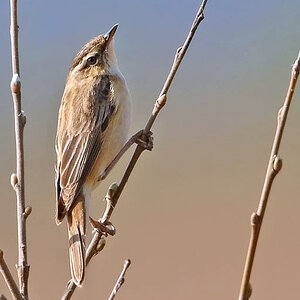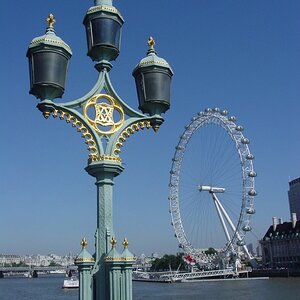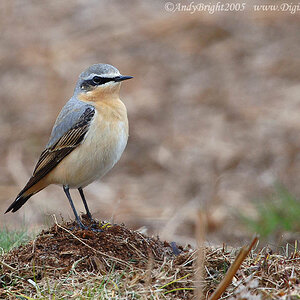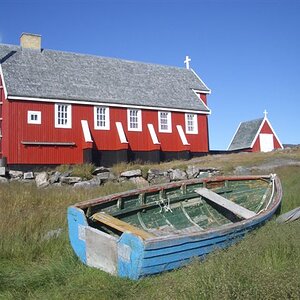sports hunter
TPF Noob!
- Joined
- Mar 13, 2019
- Messages
- 6
- Reaction score
- 0
- Can others edit my Photos
- Photos NOT OK to edit
Hey there, I'm a sports photographer with a Canon 7D Mark II, and a 70-200mm, so far so good, I love this tele. But when it comes to wide angle I currently use a poor kit lens, it really is bad.
Because in my free-time I also do some portraits I wonder which of Sigmas primes would be the best.
I´m between the Sigma 20mm 1.4 Art, Sigma 24mm 1.4 Art, and the Sigma 28mm 1.4 Art.
Even though the 20mm might give me with a crop factor of 1,6 the most wide angle, I wonder, if it would look kinda "weird". On my camera that would be 32mm, sounds good, but somehow still 20mm... (like angle of view...(you know what I mean)).
Of course the lens should be really sharp, to my believe all of them are (or not?). Autofocus should definitely fast, yeah not as fast as a sport lens, but fast enough.
(Yes I know there are also lenses from Sigma for APS-C, but sooner or later I will switch to full frame, therefore it would make not much sense, to buy a prime that awesome just for APS-C)
So if you guys have any suggestions, experiences, or thoughts about my "problem", I would love to hear from you. If you have any further questions about my use cases and so on, feel free to ask.
Because in my free-time I also do some portraits I wonder which of Sigmas primes would be the best.
I´m between the Sigma 20mm 1.4 Art, Sigma 24mm 1.4 Art, and the Sigma 28mm 1.4 Art.
Even though the 20mm might give me with a crop factor of 1,6 the most wide angle, I wonder, if it would look kinda "weird". On my camera that would be 32mm, sounds good, but somehow still 20mm... (like angle of view...(you know what I mean)).
Of course the lens should be really sharp, to my believe all of them are (or not?). Autofocus should definitely fast, yeah not as fast as a sport lens, but fast enough.
(Yes I know there are also lenses from Sigma for APS-C, but sooner or later I will switch to full frame, therefore it would make not much sense, to buy a prime that awesome just for APS-C)
So if you guys have any suggestions, experiences, or thoughts about my "problem", I would love to hear from you. If you have any further questions about my use cases and so on, feel free to ask.

![[No title]](/data/xfmg/thumbnail/32/32717-74f4cee577117aa4476c9eb68fec51c7.jpg?1619735622)



![[No title]](/data/xfmg/thumbnail/32/32719-7d42e7d7077540fabb3fa0275a99899a.jpg?1619735625)

![[No title]](/data/xfmg/thumbnail/32/32720-b9edc2f3e7f95d97aa6561cf835b47c8.jpg?1619735626)




